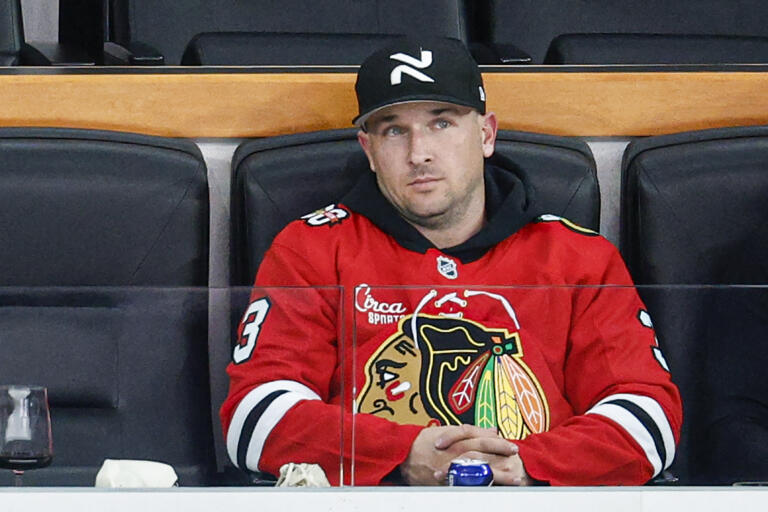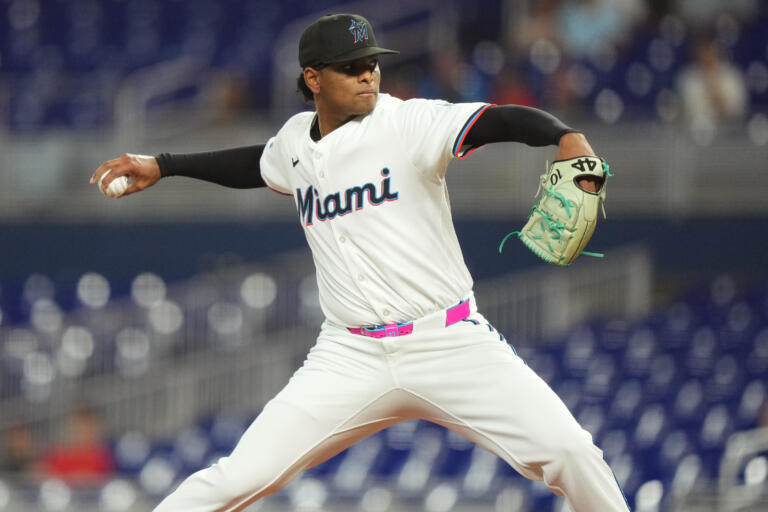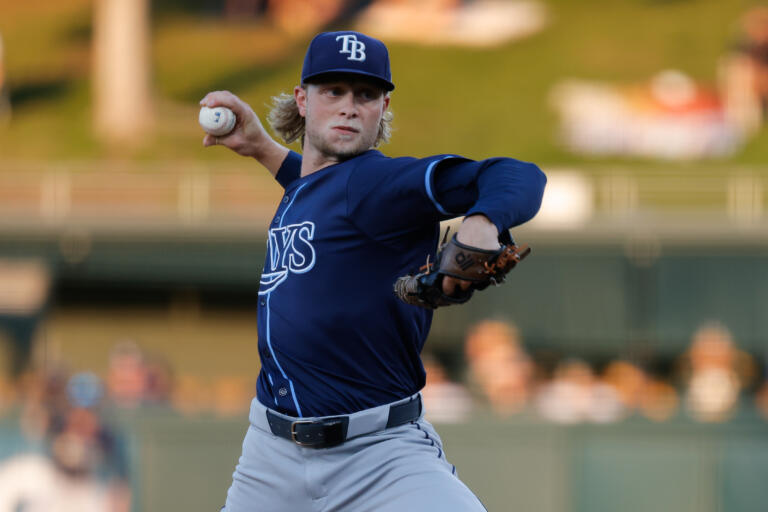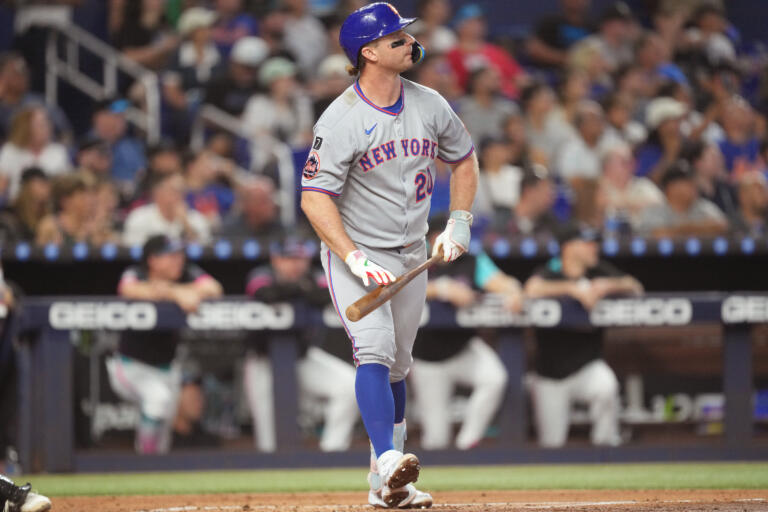
Only a few names are respected the way Sandy Koufax’ is. He’s one of the most celebrated pitchers in Major League Baseball history and earned a reputation as a competitor with an almost unhittable fastball and devastating curveball. Despite retiring at 30 due to arthritis, his career is filled with unforgettable moments that have impacted baseball.
Interest in Basketball

Before Sandy Koufax became a baseball icon, basketball was his primary focus. Growing up in Brooklyn, Koufax excelled on the basketball court and played at the University of Cincinnati. His love for the game was so strong that baseball seemed secondary in his early years.
No Pitches in Minor Leagues

Unlike most baseball players, Sandy Koufax skipped this traditional path entirely. After a brief stint in amateur baseball, Koufax signed directly with the Brooklyn Dodgers in 1954. Without the time to refine his craft in lower-level professional baseball, Koufax had to learn and adapt on the fly.
A Glimpse of Greatness

Koufax showed flashes of brilliance, even during his more inconsistent early years. One such moment came in 1959 during a game against the San Francisco Giants. Facing a lineup that included future Hall of Famers Willie Mays, Orlando Cepeda, and Willie McCovey, Koufax struck out each of them twice.
Establishing His Dominance

Many doubted Koufax’s ability to handle a powerhouse team coming off a 104-win season against the New York Yankees. Yet, he silenced his critics by striking out the first five batters he faced, including the legendary Mickey Mantle twice. He tallied 15 strikeouts, breaking Carl Erskine’s World Series record of 14 strikeouts.
Sandy Koufax’s Perfect Game
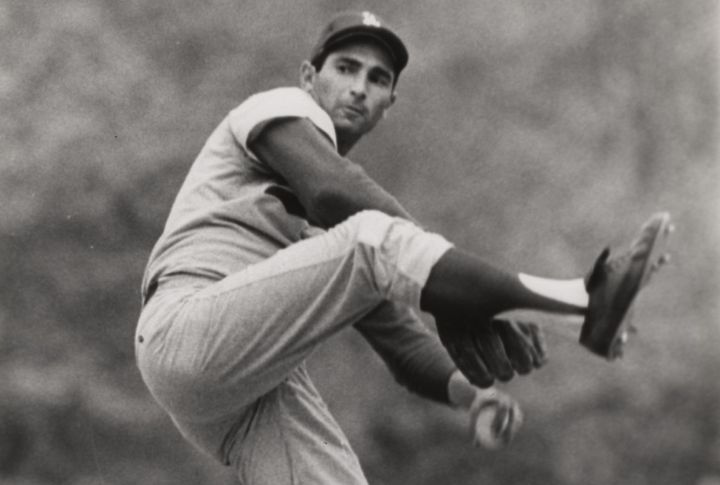
On September 9, 1965, Sandy Koufax made history by throwing a perfect game against the Chicago Cubs at Dodger Stadium with 126 first-place votes and 29,263 points. This was the fourth no-hitter of his career, and the flawless execution of 27 consecutive outs without allowing a single base runner was legendary.
Changing Tides
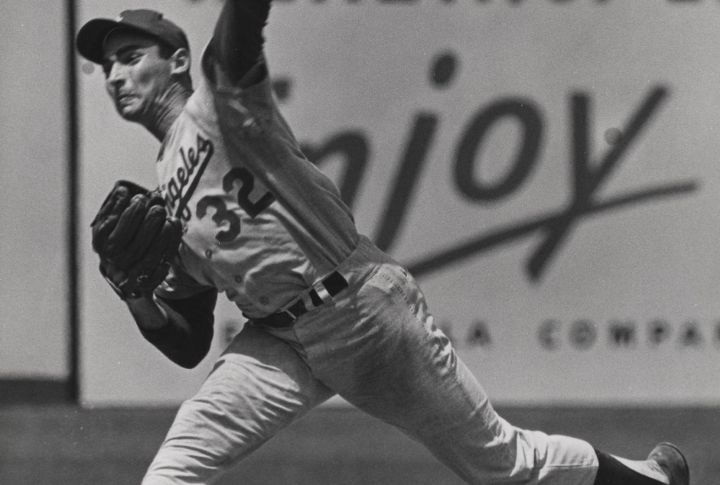
In Game 7 World Series against the Minnesota Twins in 1965, Koufax walked two batters in the first inning, and by the fifth, he was in trouble. So, he relied on his fastball to retire 12 consecutive batters, finish the game with a three-hit shutout, and secure a 2-0 victory for the Dodgers.
Striking Out 18 Batters Twice
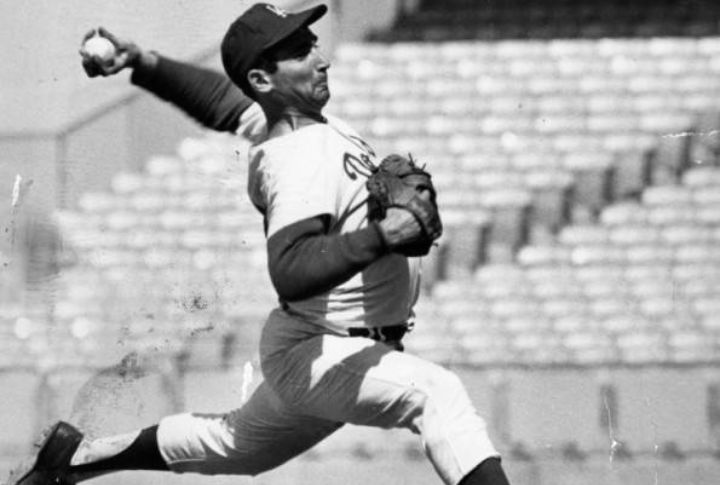
Sandy Koufax made his mark by becoming the first pitcher in MLB history to strike out 18 batters in a single game twice. He accomplished this feat first on August 31, 1959, against the San Francisco Giants and repeated it on April 24, 1962, against the Chicago Cubs.
Koufax’s Dominating Fastball and Curve

Koufax’s success was largely built on the back of his two signature pitches: his blazing fastball and devastating curveball. His fastball seemed to rise as it approached hitters, while his curveball had an unmatched, sharp downward break. Together, these two pitches made Koufax nearly unhittable, especially during his prime.
Mastering the 1963 World Series
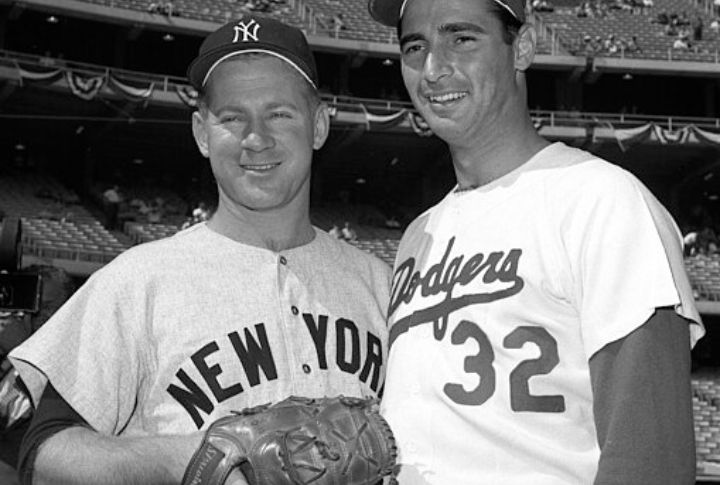
Though not as flashy as his 15-strikeout performance in Game 1, Koufax still had the Yankees under control. He surrendered six hits and struck out eight batters in a 2-1 victory that secured the Dodgers’ sweep. With two outs and two men on, Koufax induced a grounder from Hector Lopez to end the series.
Working Overtime
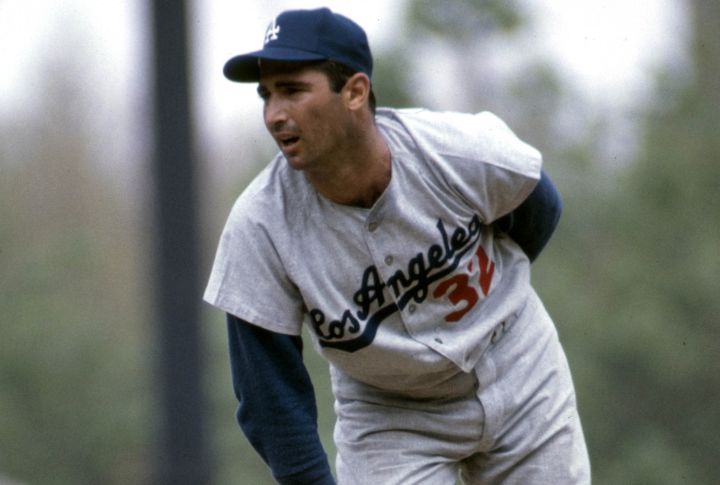
On the final day of the 1966 regular season, the Dodgers were in a high-pressure situation. A 1 1/2-game lead over the San Francisco Giants could vanish if they lost both games of their doubleheader in Philadelphia and the Giants won their matchup. Koufax struck out ten batters in a complete-game 6-3 victory.
Battled Arm Troubles All His Career
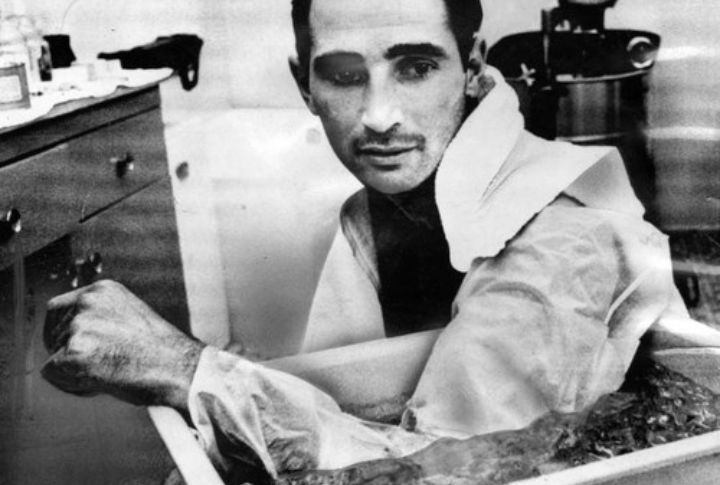
Sandy Koufax’s pitching career was defined by dominance and constant physical pain. His left elbow, in particular, caused him significant pain, and by the mid-1960s, he was suffering from chronic arthritis. Despite this, Koufax pushed through, often pitching through pain and discomfort, knowing that his career could end anytime.
The Koufax-Drysdale Holdout for Fair Pay
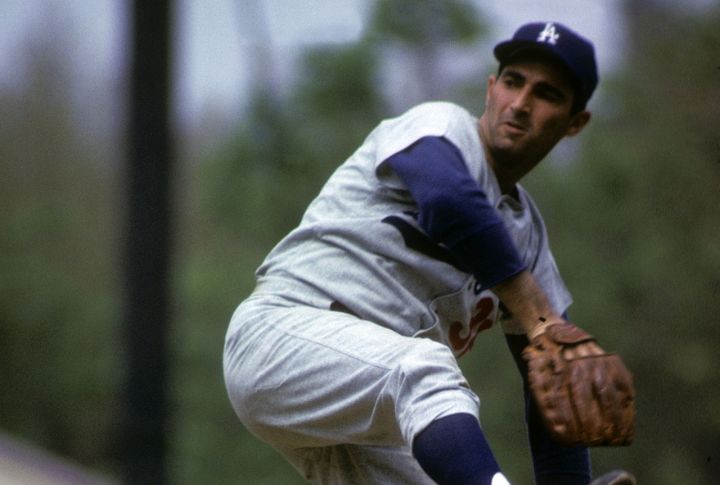
In 1966, he and fellow Dodgers pitcher Don Drysdale made waves by staging a joint holdout for fair pay. Koufax’s influence wasn’t limited to his performance on the mound. Salaries were inconsistent with players’ contributions, and their decision to sit out of spring training sent a strong message.
Triple Crown and Cy Young Awards

During the 1963, 1965, and 1966 seasons, Koufax achieved unparalleled success, winning the pitching Triple Crown each year. This meant he led the league in wins, strikeouts, and earned run average (ERA). His dominance was further recognized by winning three Cy Young Awards, given to the best pitcher in baseball.
Early Retirement and Hall of Fame Induction
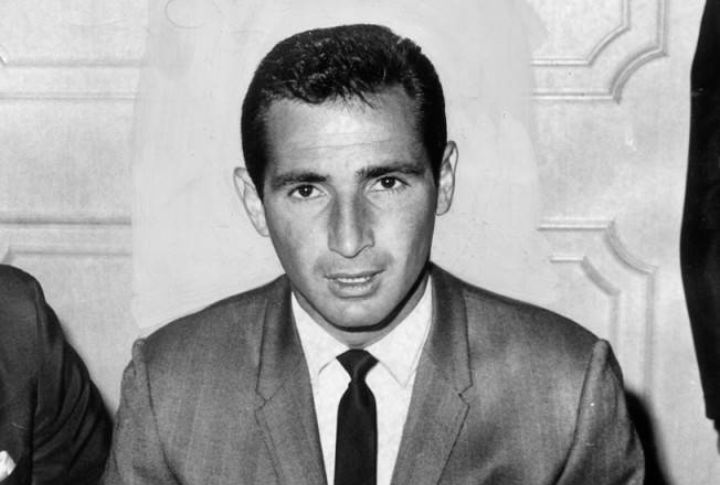
Despite his incredible success, Koufax’s career was cut short due to severe arthritis in his pitching arm. At just 30 years old, he retired after the 1966 season. In 1972, just six years after retiring, he was inducted into the Hall of Fame to become the youngest player ever to receive that honor.
Featured in Many Shows and Films
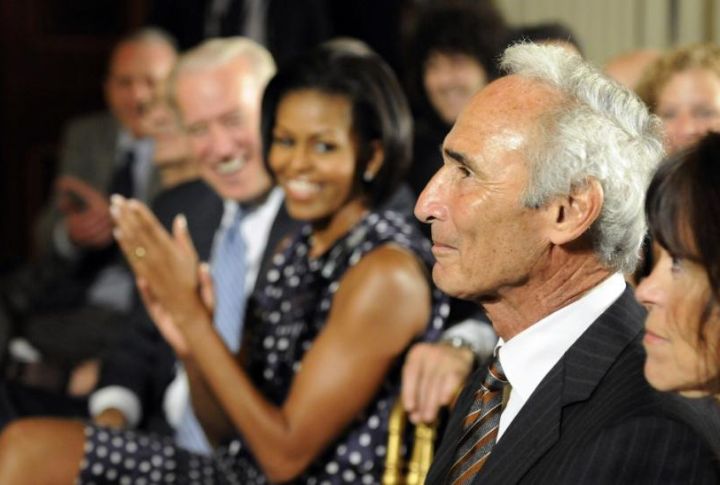
Throughout his career and after retirement, Koufax made numerous appearances in sports documentaries, interviews, and specials highlighting his pitcher dominance. His status also led to him being referenced or featured in films and TV shows like Dennis the Menace, One Flew Over the Cuckoo’s Nest, and Curb Your Enthusiasm.



